Humble Roots of Catholic Georgia
In the years following the American Revolution, a group of English Catholic families left Maryland in search of fertile land and religious freedom, settling in what was then Wilkes County, Georgia, and founding the state’s first Catholic community, Mary Land. Their village grew to welcome French, Haitian, and Irish Catholics, eventually becoming known as Locust Grove—the birthplace of Georgia’s Catholic presence, where the state’s first Catholic school and church were established.
Our Earliest Roots
By the mid-1800s, the community had shifted to the nearby railroad town of Sharon, where the Church of the Purification of the Blessed Virgin Mary was moved in 1877 and later rebuilt in 1883. With the addition of Sacred Heart Seminary, Sharon thrived as a center of faith and education well into the 20th century. But as the cotton economy collapsed and families left, Sharon's Catholic roots began to fade. By 2001, the Church of the Purification was reduced to station status, its legacy left quietly intact—but waiting to be remembered, revived, and reawakened.
In the wake of the American Revolution, a group of English Catholic families left Maryland in search of fertile soil and religious freedom. By 1790, they had arrived in what was then Wilkes County, Georgia, and established a modest farming settlement they called Mary Land. It was the first Catholic community of its kind in Georgia—a bold and faithful beginning in a young and changing nation. Over time, their village welcomed others seeking refuge: French Catholics fleeing the revolution in their country and the slave revolt in Haiti joined them and Irish families chasing new opportunities. Among these settlers were ancestors of literary figures like Margaret Mitchell and Flannery O’Connor. The small community eventually became known as Locust Grove, and with the construction of a log church in the 1790s, it planted the earliest seeds of Catholic life in the state.
As the community grew, so did its structures and significance. The humble log church gave way to a larger wooden church in 1821, and between 1818 and 1821, the first Catholic school in Georgia—Locust Grove Academy—was chartered on these very grounds. It would go on to educate three future Georgia governors, including Alexander Stephens, vice president of the Confederacy. By the mid-1800s, Locust Grove had become a spiritual hub, with priests traveling to surrounding towns and rural homes—known as “stations”—to offer Mass and the sacraments. This sacred ground, built on faith, sacrifice, and deep community ties, held a powerful influence far beyond its borders.
In the 1850s, the railroad brought new energy and movement through the region, and the Catholic community gradually shifted to the growing town of Sharon. In 1877, the Church of the Purification of the Blessed Virgin Mary was physically moved from Locust Grove to Sharon. The white frame church, beloved by its parishioners, stood until 1883 when it was replaced by the current structure—bright and unassuming, filled with light and the familiar ring of its enduring bell. As the church grew, so did its mission. Sacred Heart Seminary was built next to the church, serving as a convent and school under the guidance of the Sisters of St. Joseph. For decades, these grounds bustled with prayer, learning, and the rhythm of Catholic life.
But like many Southern towns, Sharon faced decline in the 20th century. The boll weevil devastated Georgia’s cotton economy in the 1910s, and the once-thriving railroad town slowly emptied. As families left, so too did the Catholic presence diminish. By 2001, the Archdiocese of Atlanta reduced the Church of the Purification to a station, placing it under the care of St. Joseph’s in Washington. The buildings remained, the bell still rang—but the future of this holy place was left in the hands of Providence, waiting for someone to remember its story and respond.
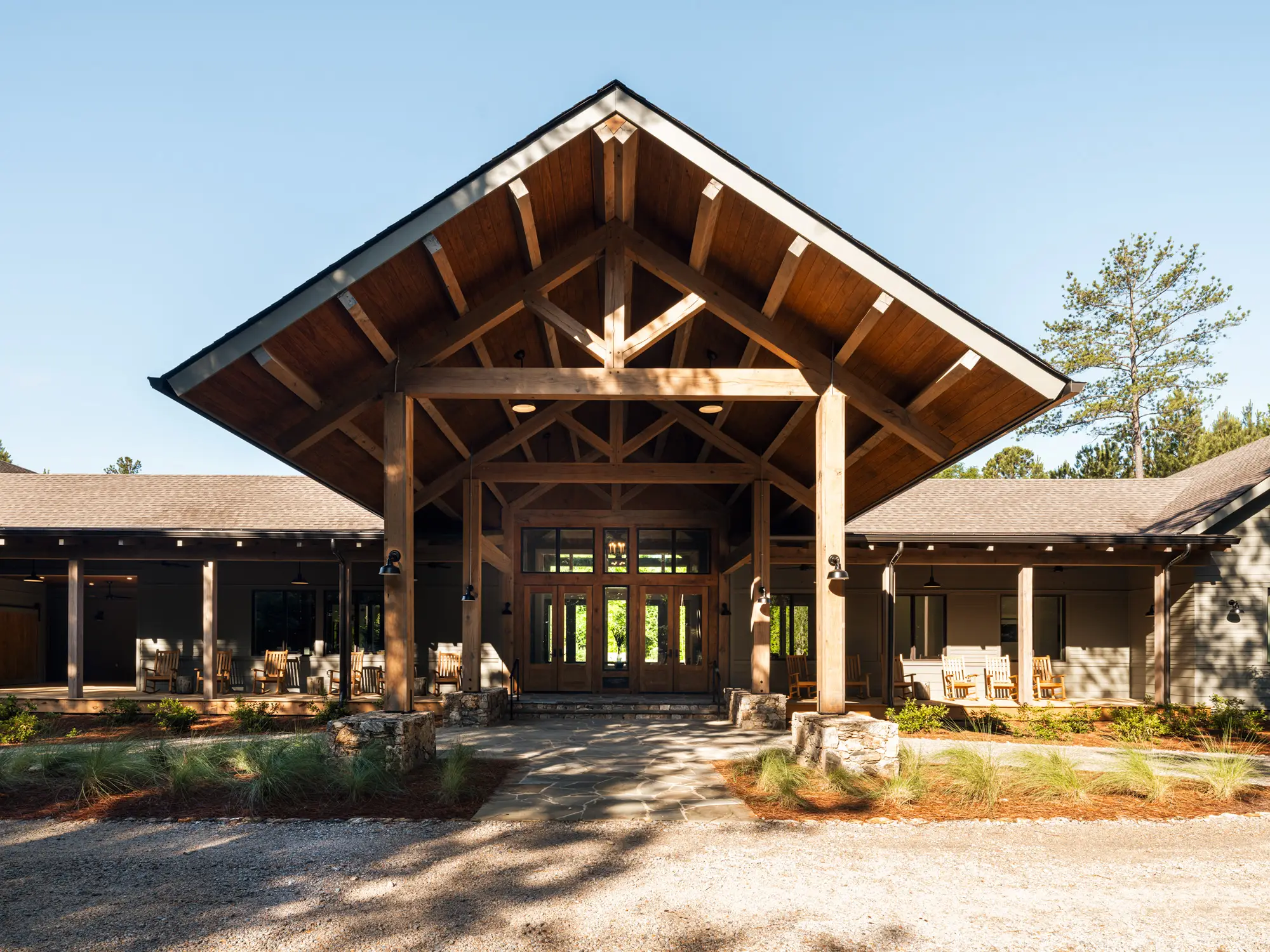

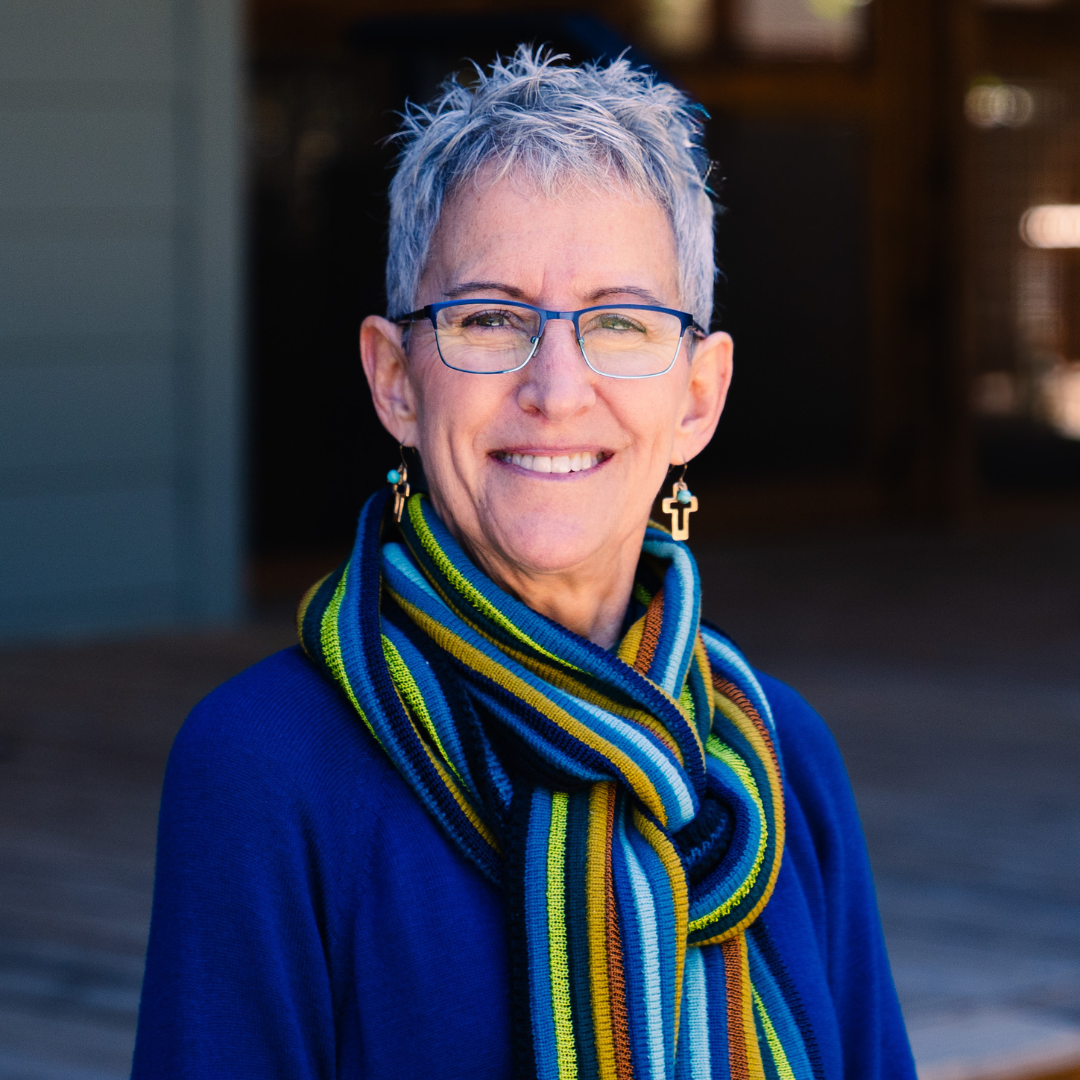
.webp)

.webp)
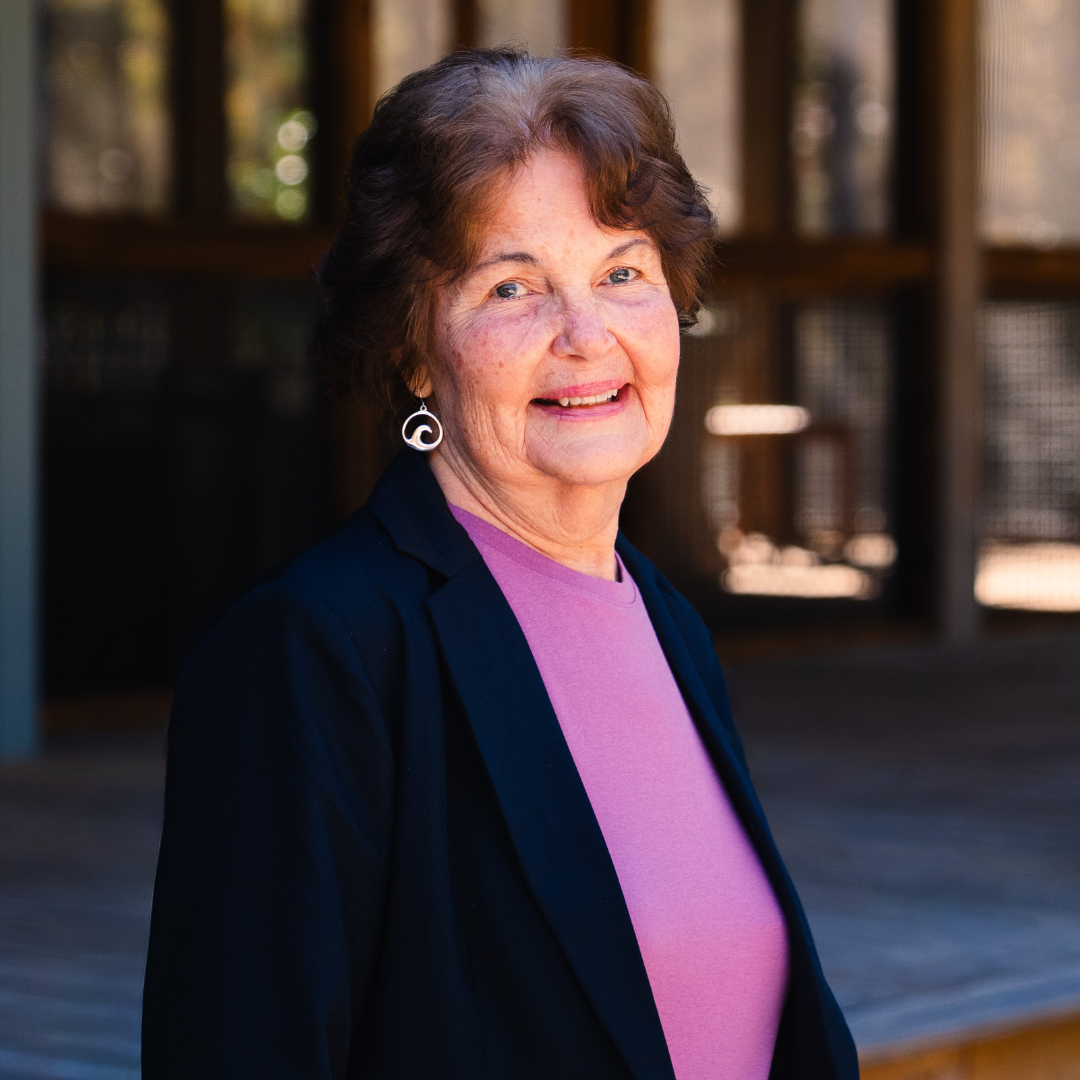
.webp)
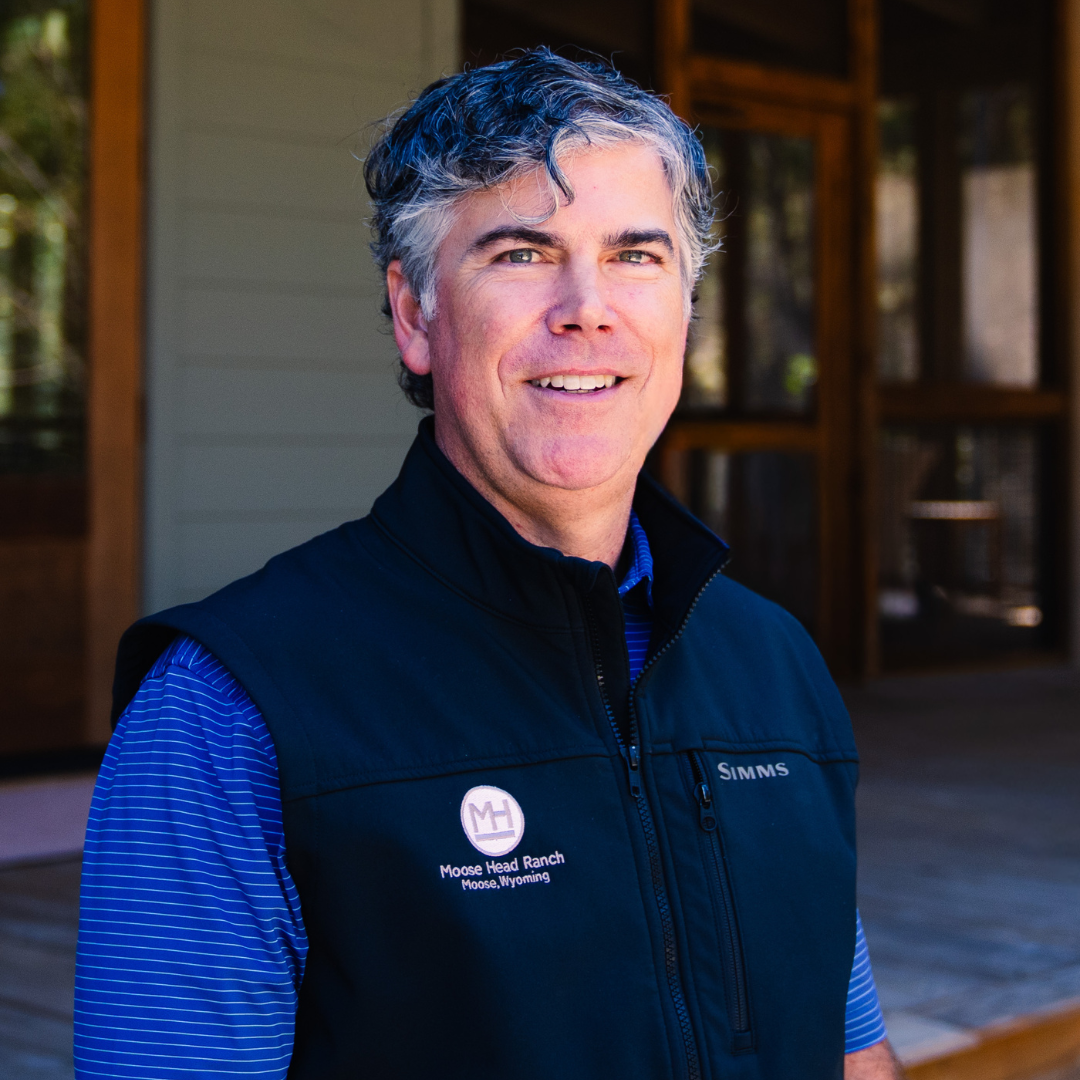
.webp)

.webp)

.webp)
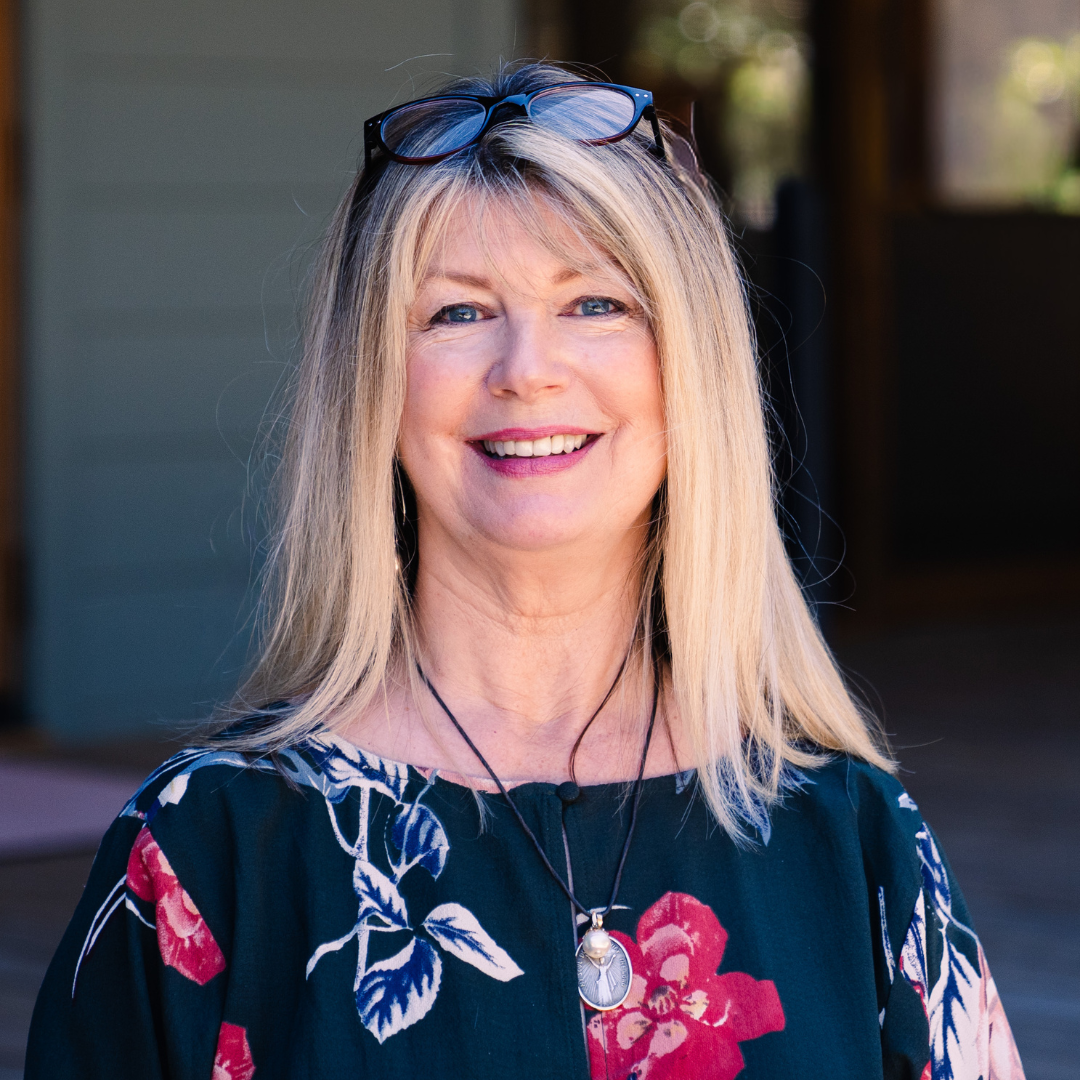
.webp)

.webp)
.png)
.webp)
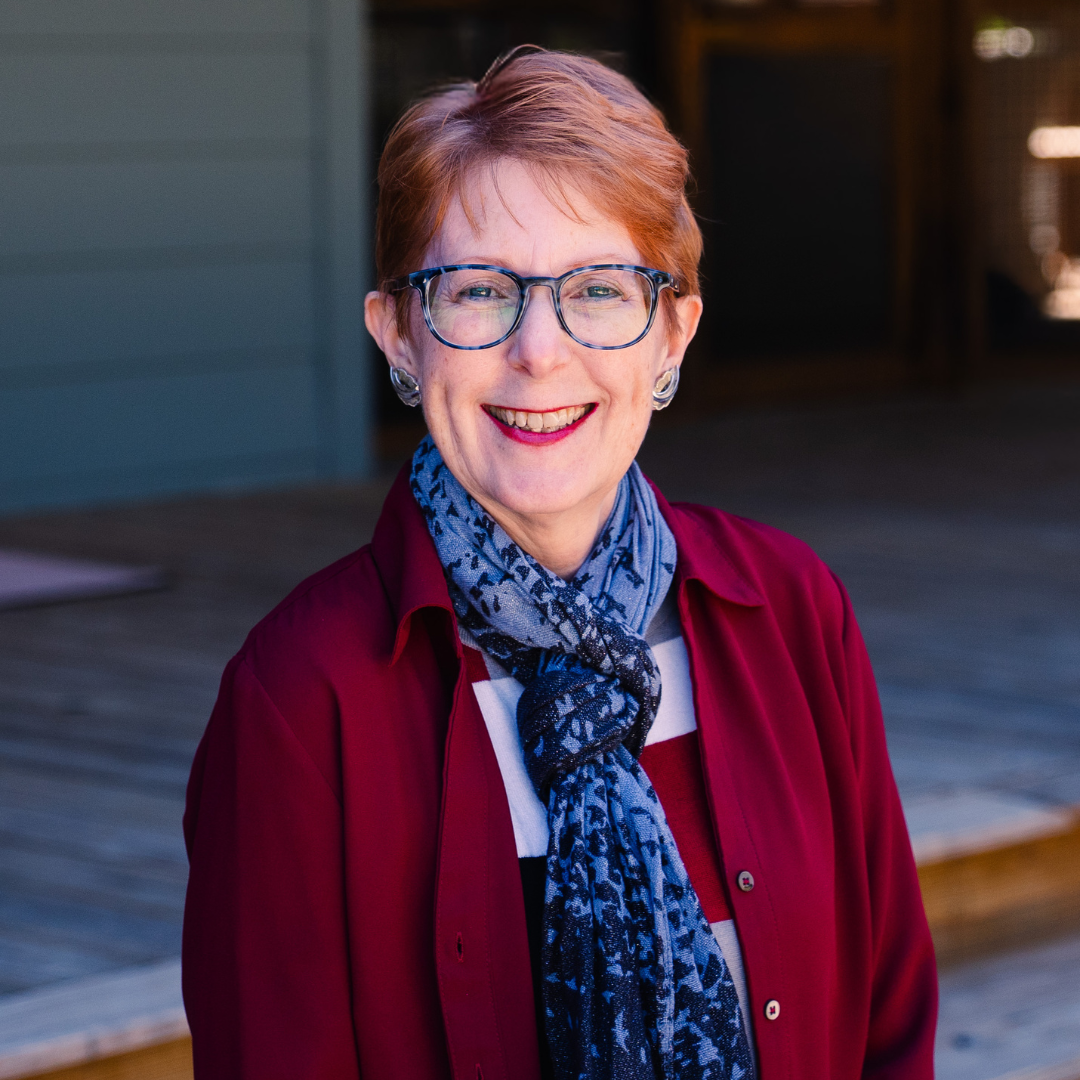
.webp)

.webp)
.png)
.webp)
.png)
.webp)
.png)
.webp)
.png)
.webp)
.png)
.webp)
.png)
.webp)
.png)
.webp)
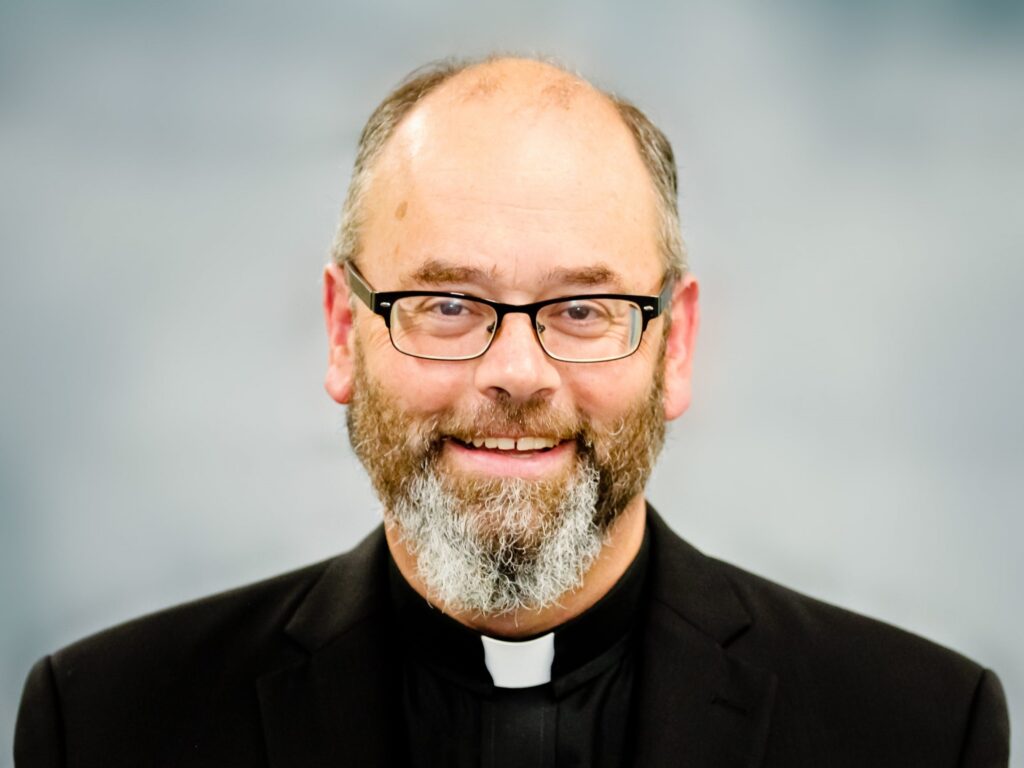
.webp)
.png)
.webp)

.webp)

.webp)
.png)
.webp)

.webp)

.webp)

.webp)

.webp)

.webp)

.webp)